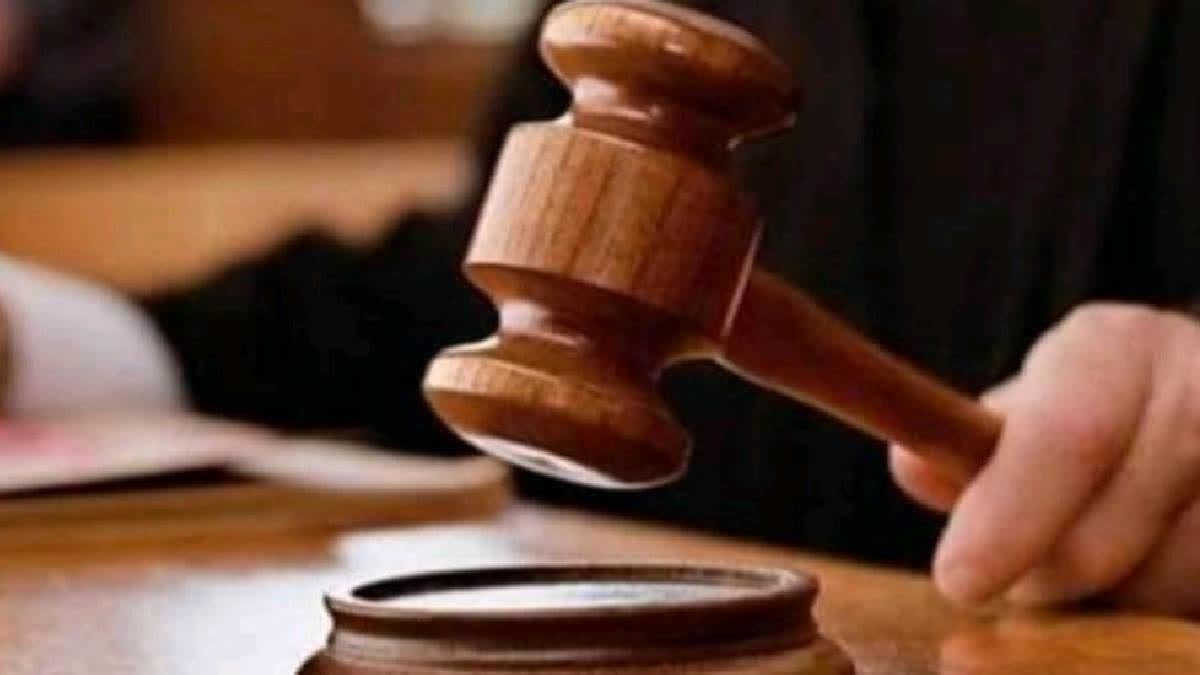Mumbai: The Bombay High Court on Friday directed the Maharashtra government and police to ensure no structure is demolished around the Vishalgad Fort in Kolhapur during monsoon, days after an anti-encroachment drive there turned violent.
A mob hurled stones at police personnel and damaged properties during an anti-encroachment drive at the fort on July 14, leading to the registration of cases against 500 people and the arrest of 21 others. Violence erupted after some right-wing supporters, who had come from Pune, were stopped at the base of the fort in view of prohibitory orders.
A division bench headed by Justice B P Colabawalla and Firdosh Pooniwalla said it would come down heavily on authorities if any residential or commercial structure is demolished in the Vishalgad Fort area starting Friday.
Government pleader P P Kakade assured the court that according to the state government's circular, no residential premises of any person in the Vishalgad Fort area will be demolished, whether they are petitioners or otherwise, during the rainy season. The court also raised concerns about the violence in the area on July 14.
The bench directed the senior inspector of the Shahuwadi police station to remain present before it on July 29 to inform about the action taken by the police against those involved in the violence. "Who is in charge of the law and order situation in Vishalgad? We would like the senior inspector of the said police station to come before us," the court said. The court accepted Kakade's statement and said no demolition shall be carried out till September.
"We record your statement that you will not demolish till September, and if the same is breached, we will not hesitate to send the officer behind bars. We make it clear that if we find any structure demolished from today, commercial or household, we will come down heavily on your officers/authorities," the court said. The court was hearing a petition filed by some residents of Shahuwadi taluka, urging the court to form a special investigation team (SIT) headed by a former high court judge to probe into the alleged violence by right-wing activists.
Advocate S B Talekar, appearing for the petitioners, showed the bench a video of the alleged violence. The bench raised concerns about the law and order situation at the fort. "Where is the law and order? These are not your (state police) officers, right? So who are these men? Are you not responsible for maintaining law and order in the state? We want to know if any FIR is lodged in this matter," the court asked.
The petitioners claimed right-wing activists, led by Maratha Royal and former member of Rajya Sabha, Sambhajiraje Chhatrapati, gathered at the base of the fort despite the prohibitory orders issued by the tehsildar of Shahuwadi. As per the plea, the district administration had deployed police at the base of the fort to prevent 'right-wing' activists from entering Vishalgad so that Muslim residents in the fort premises and their properties would be protected.
Despite the prohibitory orders, the police allowed at least 100 protesters to climb the fort, leading to "an atmosphere of chaos and lawlessness that prevailed in the village for almost two hours", it alleged. In 2023, the state Archaeology Department sent notices to several persons, including some of the petitioners, to demolish their structures within the fort area.
The petitioners then moved the high court against the notices, claiming the 300-acre fort precinct was declared a protected monument only in 1999, while they had been living there much before that. They sought a stay on the demolition of the houses, shops, or other structures, including the Hazrat Peer Malik Rehan Dargah at Vishalgad.
In February 2023, the court stayed the notices and directed no coercive or demolition action against the petitioners. Vishalgad Fort holds profound significance in Maratha history as Chhatrapati Shivaji Maharaj escaped to it after being besieged at Panhala Fort in 1660. In 1844, Vishalgad was ruled by the Kolhapur State when a rebellion was led against a Brahmin regent who had been installed by the British as the natural heir to the throne was underage.
Read More



